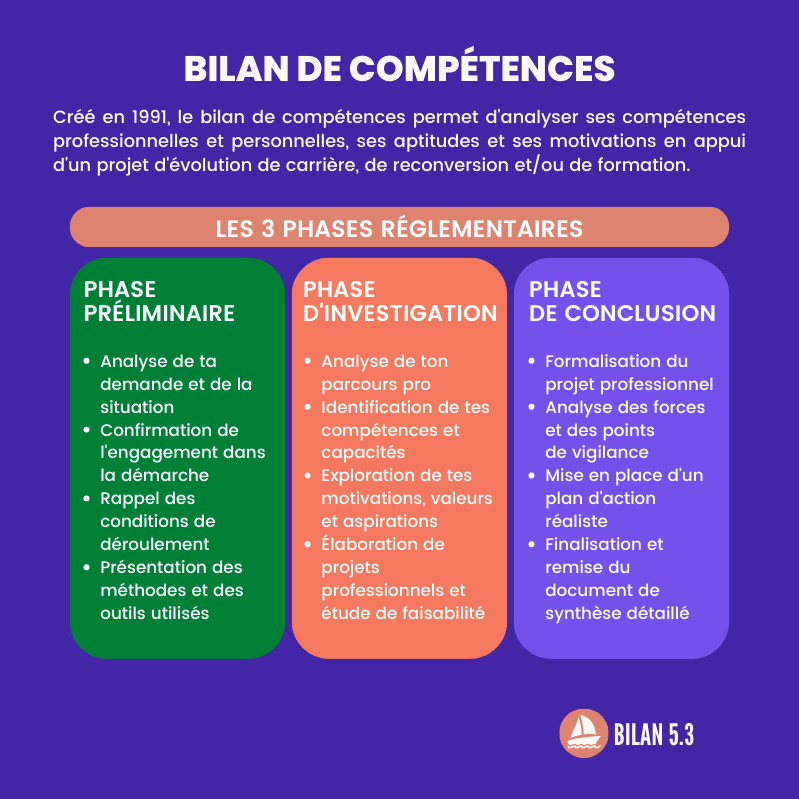A new method makes it possible to erase the marks of aging from cells without losing their specialized function.

- Functioning capacity of cells decreases with aging
- Regenerative biology makes it possible to recreate stem cells from these old cells
- The difficulty is to give back to these stem cells their specificity of function
To find after 30 years a baby skin? If it’s possible. And the method of achieving this goes far beyond satisfying an aesthetic whim. It is neither more nor less than the possibility of reprogramming cells into stem cells by rewinding the clock of aging of these cells without losing their specialized function. This work by researchers from the Babraham Institute was published in the journal eLife.
Recreate differentiated cells from stem cells
What is it about ? As we age, the ability of our cells to function decreases and our genome accumulates these marks of aging. But regenerative biology makes it possible to “repair” old cells in a process in several stages, each of which makes it possible to erase the marks that make them specialised. In the end, we end up with stem cells that can potentially evolve into any specialized cell. But there is a problem in the approach which aims to use regenerative biology to “rejuvenate” the cells: we do not yet know how to reliably recreate the redifferentiation of these stem cells into specialized cells. A bit as if resetting your computer prevented you from recovering all of its software.
And it is this difficulty represented by the erasure of cellular identity that the work of the Babraham Institute has just overcome. Quite simply, so to speak, by interrupting the reprogramming, the time to determine the point of equilibrium where the cells are indeed biologically rejuvenated but still capable of regaining their specialized function.
Reprogrammed cells corresponding to cells 30 years younger
Concretely, this method consists in interrupting the reprogramming process which normally lasts 50 days on the 13th day. At this stage, the age-related modifications are suppressed but the integration of the key molecules of the desired specialization allows the cell to continue its development in its specific function. By working on skin cells, the scientists thus obtained reprogrammed cells which corresponded to the profile of cells 30 years younger! And not only do these cells “appear” younger, but above all they function like young cells. To use the comparison used above, it’s as if resetting your computer had enabled all of its software to be updated!
First possible use of this method, since it was developed from skin cells, the promise of being able to quickly use it to create cells capable of better healing wounds. But the progress goes much further: “This work has very exciting implications as we may soon be able to identify genes that rejuvenate cells without reprogramming and specifically target those that reduce the effects of aging.“, explains Dr. Diljeet Gill, who piloted this research.
.















